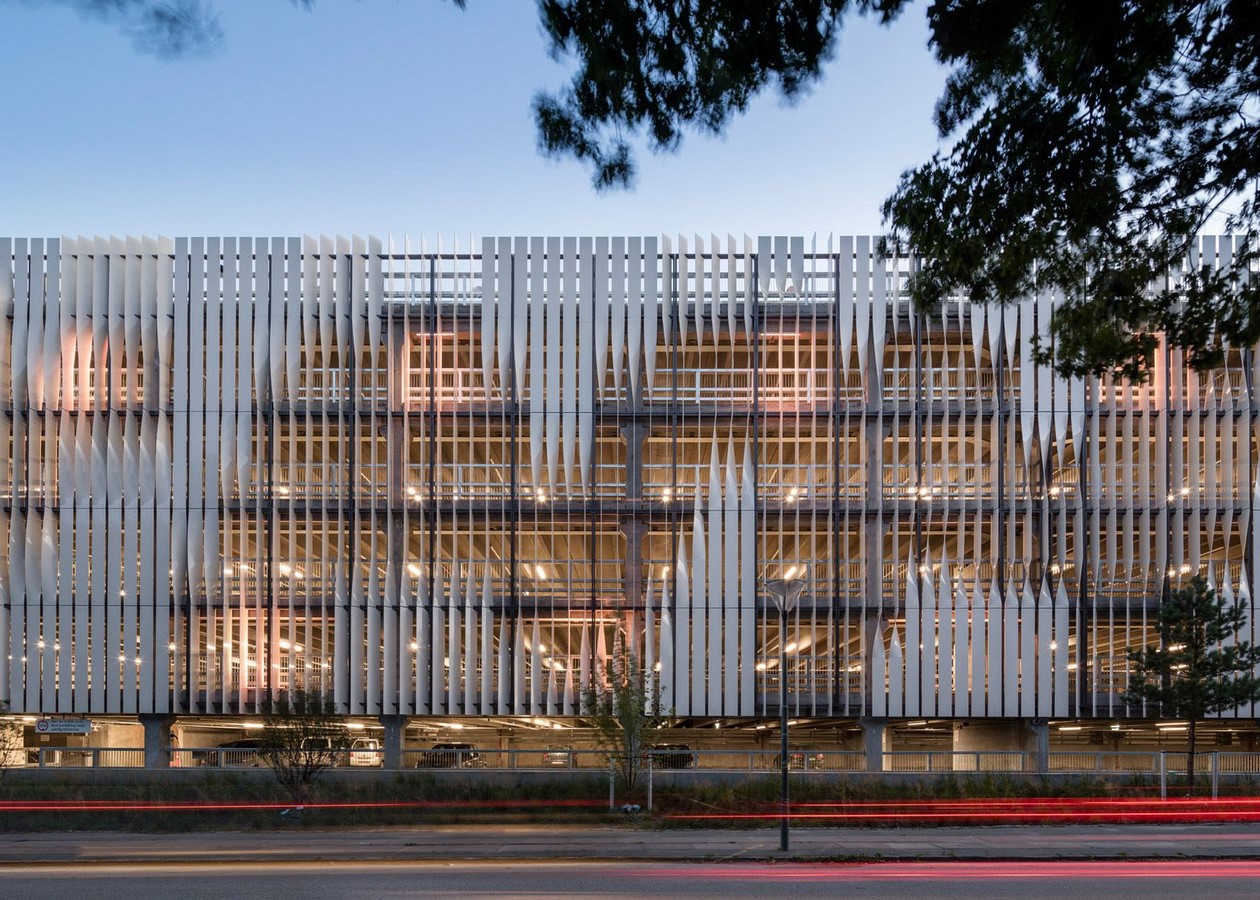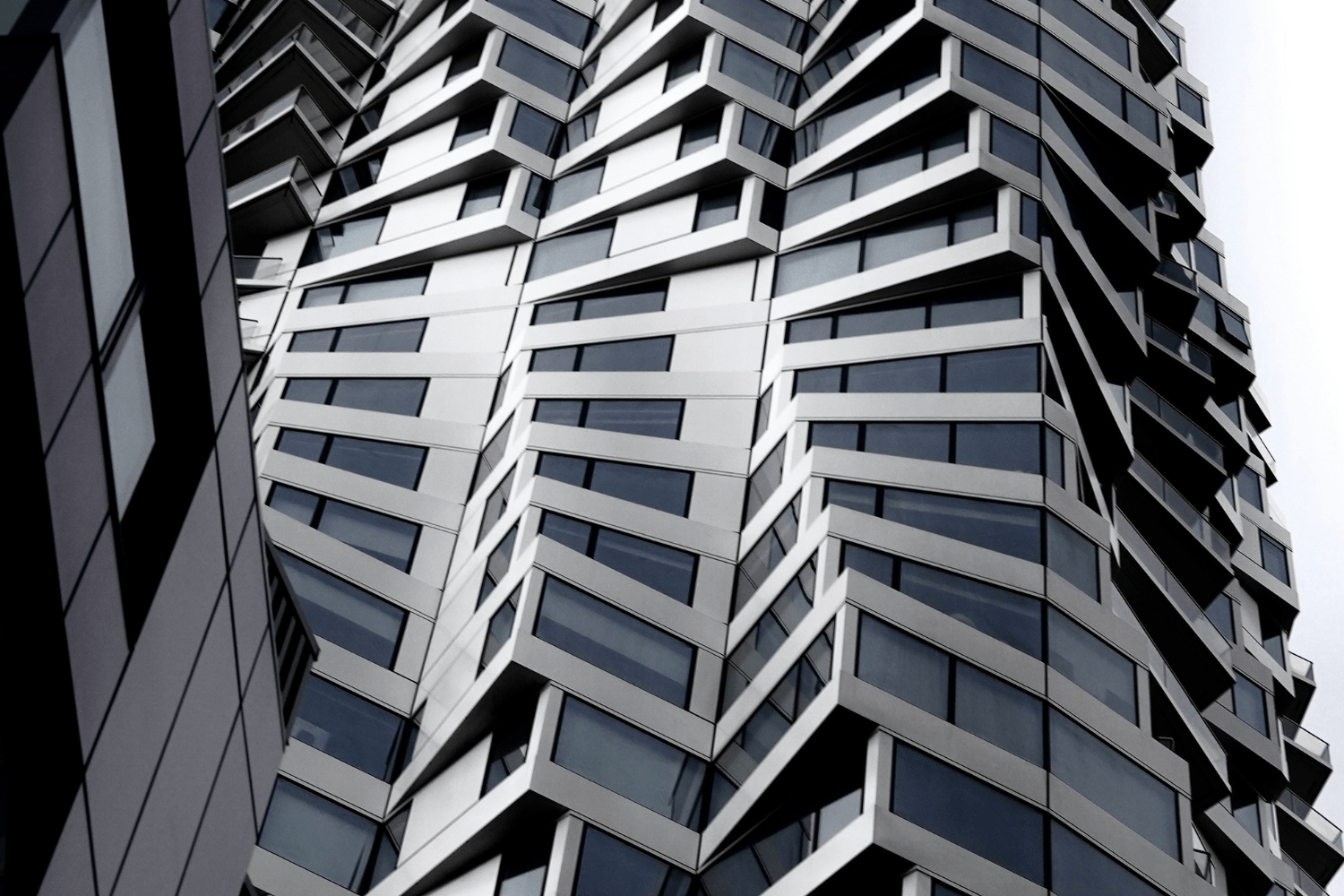- Home
- Articles
- Architectural Portfolio
- Architectral Presentation
- Inspirational Stories
- Architecture News
- Visualization
- BIM Industry
- Facade Design
- Parametric Design
- Career
- Landscape Architecture
- Construction
- Artificial Intelligence
- Sketching
- Design Softwares
- Diagrams
- Writing
- Architectural Tips
- Sustainability
- Courses
- Concept
- Technology
- History & Heritage
- Future of Architecture
- Guides & How-To
- Art & Culture
- Projects
- Interior Design
- Competitions
- Jobs
- Store
- Tools
- More
- Home
- Articles
- Architectural Portfolio
- Architectral Presentation
- Inspirational Stories
- Architecture News
- Visualization
- BIM Industry
- Facade Design
- Parametric Design
- Career
- Landscape Architecture
- Construction
- Artificial Intelligence
- Sketching
- Design Softwares
- Diagrams
- Writing
- Architectural Tips
- Sustainability
- Courses
- Concept
- Technology
- History & Heritage
- Future of Architecture
- Guides & How-To
- Art & Culture
- Projects
- Interior Design
- Competitions
- Jobs
- Store
- Tools
- More
Materials of Facade Design in Architecture
Facades are the outside walls of a building and they have a significant impact on how the building is aesthetically perceived. A facade is more than just a surface to mount windows and doors on. It also incorporates other architectural elements such as columns, pilasters, spandrel panels, keystones, and moldings.

Facades are the outside walls of a building and they have a significant impact on how the building is aesthetically perceived. A facade is more than just a surface to mount windows and doors on. It also incorporates other architectural elements such as columns, pilasters, spandrel panels, keystones, and moldings.
A facade can be designed by designing it with just one material or combining two different materials. One can also generate facades with patterns or textures on the surface to make it look different than its surroundings.

How to Create a Good Facade?
Designing a facade for your home or business is not as simple as it sounds. In order to create the perfect facade for you house or your office building you will need to take into consideration many different factors like shade from the sun and wind patterns.
Facade design is a complex process that requires in-depth knowledge in arts, architecture, and various engineering disciplines. But today with modern technologies it’s possible to do it by yourself.

Basically, there are three steps that you need to know when you design your facade: drawing, seeing, and 3D modeling.
Drawing is necessary because it helps architects to get a feel for the design they want to create. Seeing is important because it gives them an idea of how their design will look like in reality when it is on their building. Finally, 3D modeling has become an integral part of designing a facade because it helps architects to preview changes in real-time without wasting any time or effort.
Facade Design Materials
In facade design, the materials used depend mostly on the building’s style and location. There are a variety of materials to choose from in order to create an aesthetically pleasing design perfect for a specific geographical area.
Some common materials for facade design are stone, metal, glass and concrete and more. There are also other composite materials available for use that combine two or more types together for specific purposes. Facade design materials will vary depending on which type of facade you prefer. The facade types you can prefer can be as follows:
- Stone composite panels

- Precast concrete panels

- Natural stone panels

- Ceramic facades
- Green facades

Apart from these types, you can use very different and creative facade designs on kinetic and dynamic facades. The choice of materials should be inspiring elements in the facade design, not restricting you. You should know the facade materials very well in the field and develop special designs for their characteristics. Knowing the facade and construction materials well will improve you in design.
Requirements of Facade Design
There is the traditional brick and mortar, awning, and also glass facades. The materials that are used in these styles depend on the type of facade. Traditional brick and mortar is mostly made up of bricks and mortar, both which can be either natural or artificial. For an awning style, instead of using prescribed bricks it will be constructed with aluminum material or other metal materials to assist with shading from the sun. For a glass type, you will need some kind of glazing material like glass, plexiglass, acrylics or any other light-weight material with transparency properties to it.
We recommend that you work with a good implementation team to make best practices for the facade. While designing the façade of the project you are the architect of, you should prefer materials and techniques that can be applied and sustainable for many years.
Moreover, advancements in window glass replacement technologies have significantly contributed to enhancing the energy efficiency and overall sustainability of modern facade designs in architecture.

Submit your architectural projects
Follow these steps for submission your project. Submission FormLatest Posts
How Facades Tell Cultural Stories
How facades tell cultural stories—decode symbols, materials, and climate cues with regional...
Top 10 Examples of Dynamic Facade Designs Around the World
Dynamic facades are transforming contemporary architecture with systems that move, react, and...
8 Trends in Dynamic Facade Design You Need to Know
Dynamic façades are reshaping contemporary architecture by responding to climate, light, and...
Transform Ordinary Facades Into Striking Designs With These Key Upgrades
When it comes to enhancing the appearance of a home, few aspects...












Leave a comment